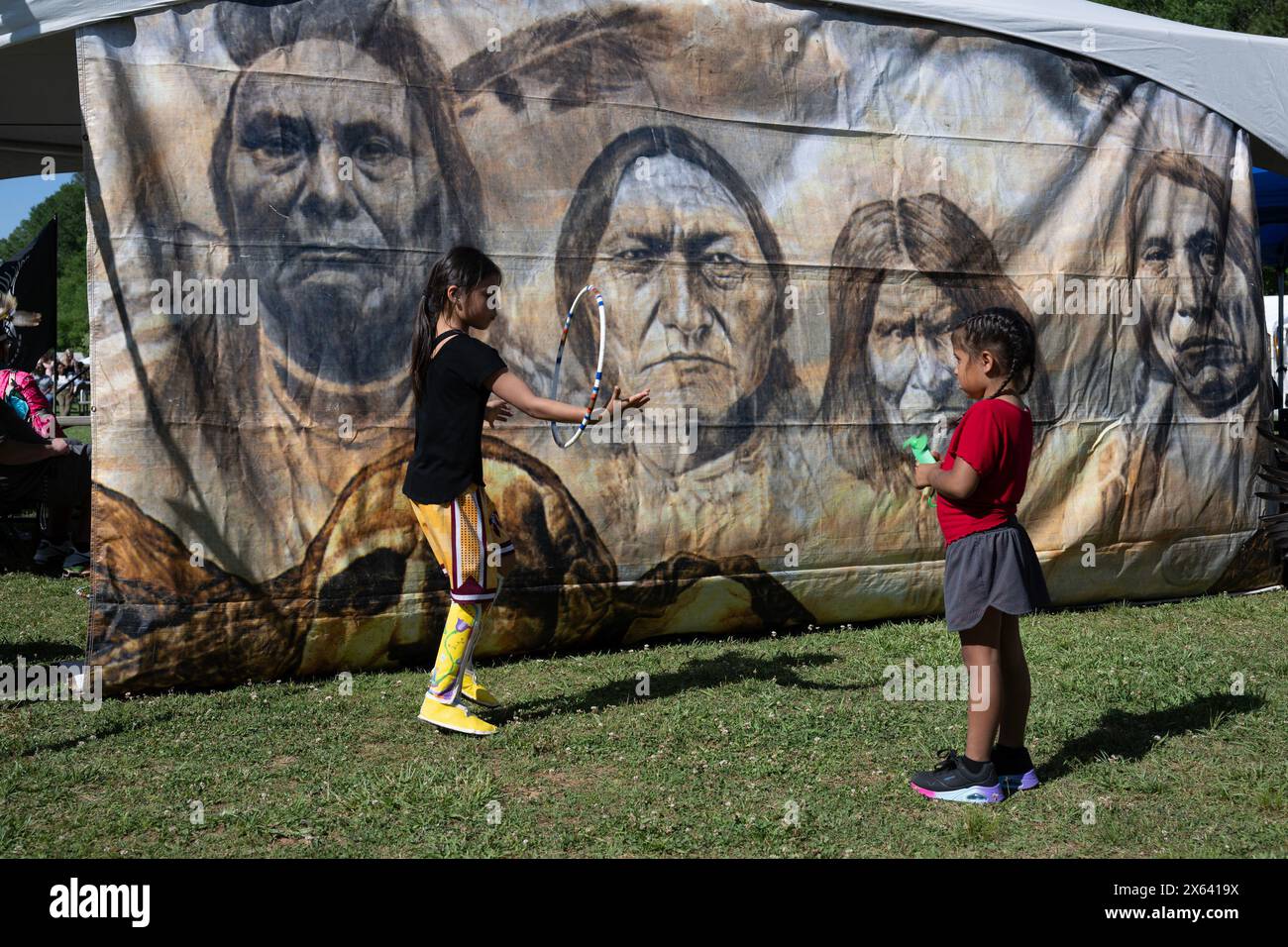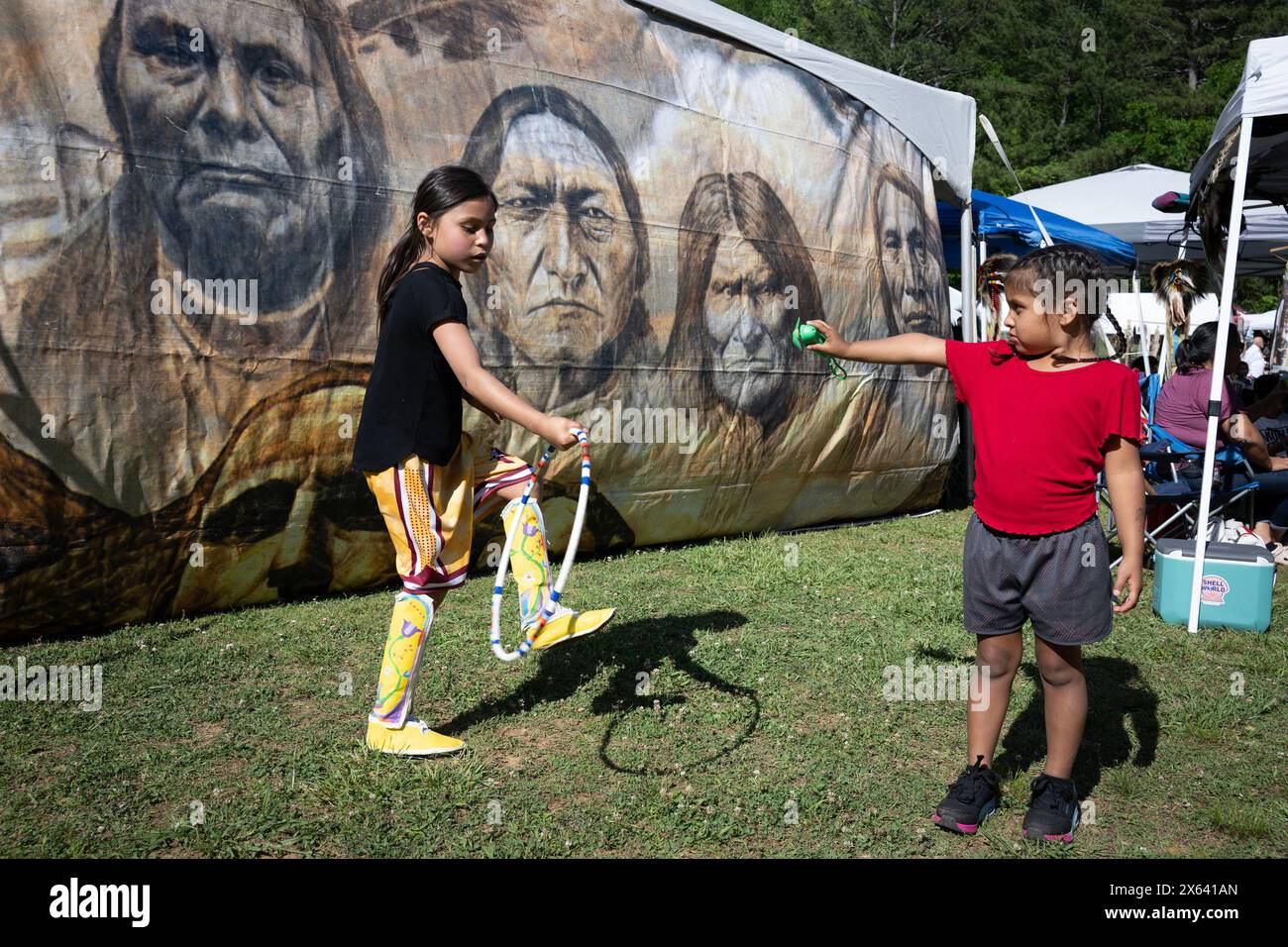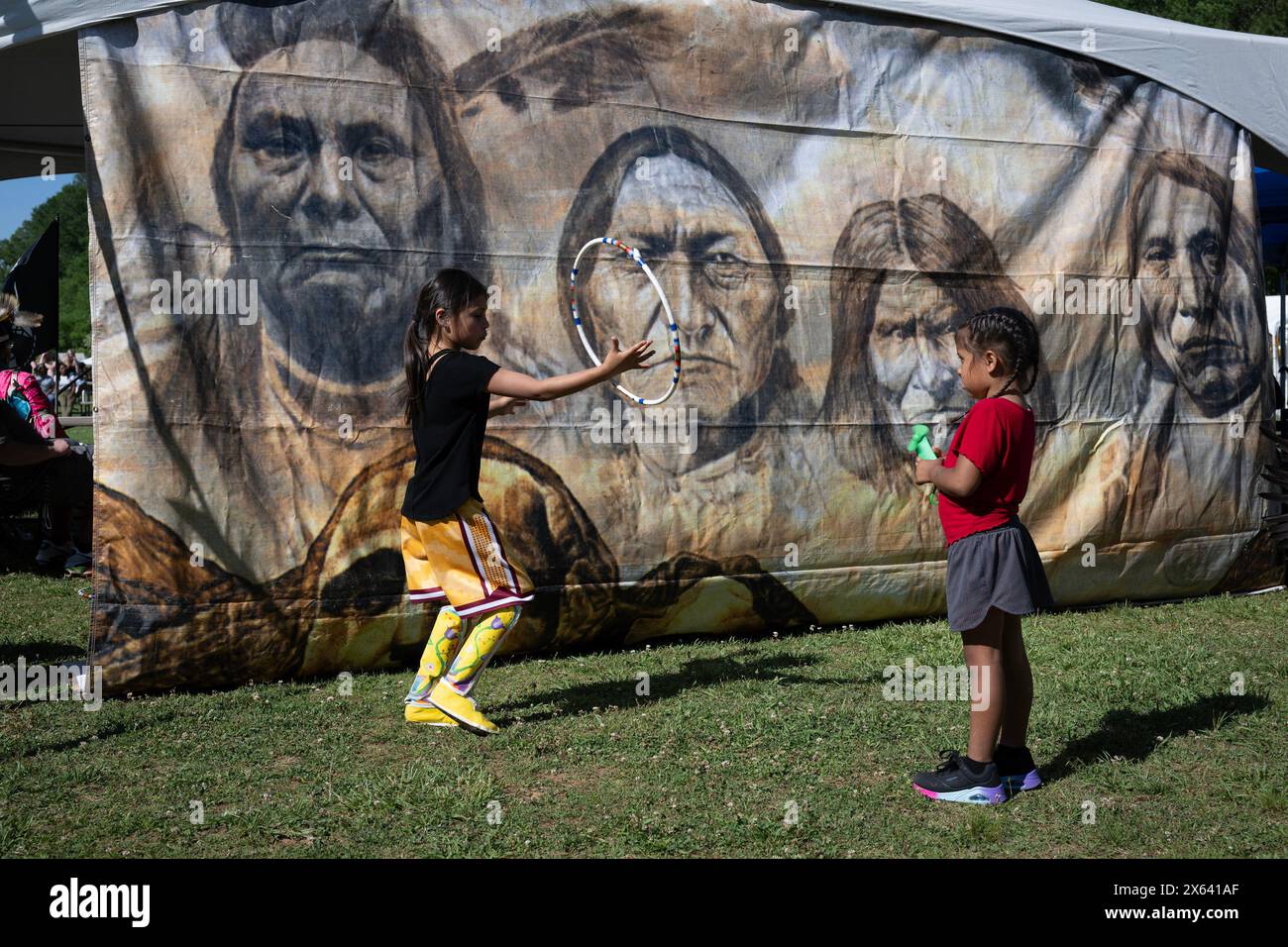
Eastern Band Cherokee Crafts: Authentic Appalachian Mountain Tribal Artistry
Nestled amidst the ancient peaks of the Great Smoky Mountains, the Qualla Boundary, sovereign land of the Eastern Band of Cherokee Indians (EBCI), is a vibrant testament to cultural resilience and artistic ingenuity. Far from being mere souvenirs, the traditional crafts produced by EBCI artisans are living expressions of a profound heritage, deeply interwoven with the Appalachian landscape and the enduring spirit of the Cherokee people. This is not just art; it is a meticulously preserved legacy, a narrative told through the skillful manipulation of natural materials, reflecting generations of knowledge, survival, and unparalleled creativity.
The story of Eastern Band Cherokee crafts begins long before European contact, shaped by an intimate understanding of their environment. For centuries, the Cherokee relied on the bounty of their ancestral lands for sustenance, shelter, and the materials that would become their art. The towering white oaks, the meandering river cane, the rich Appalachian clay – each element held potential. When the devastating Trail of Tears forcibly removed the majority of the Cherokee Nation to Oklahoma in the 1830s, those who remained in the mountains of Western North Carolina clung fiercely to their traditions. Craft-making became not only a means of economic survival in an isolated community but also a powerful anchor to identity, a silent act of defiance against cultural erosion. Elders meticulously passed down techniques, ensuring that the intricate patterns, the precise methods, and the stories embedded within each piece would endure.
Among the most iconic and highly prized Cherokee crafts is basketry. The EBCI are renowned for their exquisite hand-woven baskets, primarily crafted from three distinct materials: white oak, river cane, and honeysuckle. Each material dictates a unique aesthetic and weaving technique. White oak baskets, often larger and sturdier, begin with the arduous process of harvesting a straight-grained log, splitting it into progressively thinner splints, and then scraping them smooth. Natural dyes derived from walnuts, bloodroot, and butternuts imbue the splints with earthy hues, creating intricate geometric patterns. River cane baskets, perhaps the oldest form, are characterized by their tight, often square-weave construction, showcasing the natural variations in the cane’s color. The scarcity of old-growth river cane due to development has made these baskets particularly valuable, with master weavers often traveling significant distances to find suitable materials. Honeysuckle baskets, known for their delicate, often open-weave patterns, utilize the long, flexible vines of the honeysuckle plant, resulting in lighter, more ornamental pieces.
Each basket pattern carries meaning, a visual language passed down through generations. Patterns like "double weave," "fish trap," "chief’s daughter," "rattlesnake," and "man in the coffin" are not just decorative; they are mnemonic devices, telling stories, conveying historical events, or embodying cultural values. Master basket weavers like the late Amanda Swimmer or Lottie Stamper, and contemporary artists today, are not just artisans; they are living libraries, their hands echoing the movements of countless ancestors. The process is meditative, requiring immense patience, skill, and a deep respect for the materials. "When I weave, I feel my grandmother’s hands guiding mine," one contemporary weaver might express, capturing the profound ancestral connection inherent in the craft.
Pottery represents another ancient art form, experiencing a significant revival within the EBCI. Utilizing local Appalachian clays, Cherokee potters traditionally employed the coiling method, building vessels layer by layer before firing them in open pits. Early pottery was often utilitarian, but even these pieces bore the mark of artistic expression through incised designs and careful shaping. The arrival of European trade goods and later, the influence of commercial ceramics, led to a decline in traditional pottery making. However, in the mid-20th century, figures like Anna Belle Sixkiller Mitchell and later, Amanda Crowe, tirelessly worked to revive and teach traditional pottery techniques. Today, EBCI potters create pieces that echo ancient forms while incorporating contemporary interpretations. Their works often feature intricate stamped or incised patterns, reflecting natural motifs, clan symbols, or geometric designs, connecting the present generation to the pre-contact artistic legacy of their people. The texture, weight, and earthy aroma of a hand-coiled, pit-fired pot are a tangible link to a heritage that survived against overwhelming odds.

Wood carving among the Eastern Band Cherokee is a diverse and culturally rich art form. Carvers utilize a variety of local woods such as buckeye, cedar, and walnut, transforming them into objects that range from functional to ceremonial. Perhaps the most intriguing and culturally significant are the "Booger Masks." These masks are not intended to instill fear but rather to embody satirical social commentary and to ward off negative influences. Often grotesque or exaggerated, they depict outsiders or personify various human foibles, used in dances and ceremonies for healing, humor, and social instruction. Other carvings include intricate animal figures—bears, eagles, turtles, and fish—which often carry spiritual significance within Cherokee cosmology, representing clan animals or embodying specific characteristics like strength or wisdom. Utilitarian items like carved wooden spoons, bowls, and pipes also showcase the carver’s skill, blending form and function seamlessly. Each cut of the knife or chisel is a deliberate act, shaping the wood to reveal the spirit within.
Beadwork and textiles are also integral to EBCI artistry. While glass beads were introduced through trade, Cherokee artisans quickly adapted them, incorporating them into traditional designs and developing unique styles. Beadwork adorns regalia, bags, jewelry, and other decorative items, often featuring vibrant colors and geometric or floral patterns. The painstaking process of beading, whether using a loom or working freehand, requires immense patience and precision. Similarly, textile arts, including weaving and finger-weaving, produce sashes, belts, and other adornments, often incorporating natural fibers and dyes. These crafts are not static; they evolve, absorbing new materials and techniques while maintaining a distinct Cherokee aesthetic, demonstrating the dynamic nature of cultural preservation.
The dedication of EBCI artists is palpable. Many spend years honing their skills, learning from elders, experimenting with materials, and perfecting their craft. The process is often labor-intensive, from gathering raw materials in the forest to the final delicate touches. This connection to the land is paramount. As one artisan might say, "The materials tell me what they want to be. I am just the hands that help them get there." Organizations like Qualla Arts and Crafts Mutual, Inc., the oldest Native American cooperative in the United States, play a crucial role in supporting these artists. Founded in 1946, it provides a vital marketplace for authentic EBCI crafts, ensuring fair compensation for artisans and educating the public about the rich cultural context behind each piece. The Museum of the Cherokee Indian further preserves and interprets the history and artistry, offering insights into the profound stories woven into every basket, carved into every mask, and painted onto every pot.
The economic impact of these crafts is significant, providing livelihoods for many families within the Qualla Boundary and contributing to the overall EBCI economy, particularly through tourism. However, their true value transcends monetary worth. These crafts are tangible links to a past that was nearly erased, a testament to the resilience of a people who, despite immense hardship, refused to let their culture fade. They are not merely objects; they are conduits of memory, identity, and the unbroken spirit of the Eastern Band Cherokee.
In a world increasingly dominated by mass production, the authentic Appalachian Mountain tribal artistry of the Eastern Band Cherokee stands as a beacon of cultural integrity. Each handcrafted piece carries the fingerprints of an artisan, the wisdom of ancestors, and the spirit of the mountains. To own an Eastern Band Cherokee craft is to possess a piece of living history, a vibrant testament to an enduring culture, and an irreplaceable connection to the heart of the Great Smoky Mountains. These are not relics of a bygone era, but rather dynamic, evolving art forms that continue to tell the story of a resilient people, ensuring their rich heritage thrives for generations to come.
